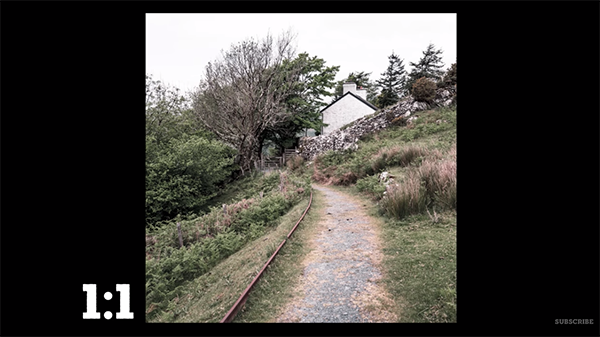Aspect Ratios: Why the Shape of Your Photos Really Matters (VIDEO)
If you’re unfamiliar with the notion of “aspect ratios” it’s time to understand the concept. That’s because the shape of a photograph greatly influences how images are viewed. As you’ll see in the quick video below, there’s much more to this topic than just cropping a horizonal image into a vertical one to improve composition.
Instructor Mike Smith is a notable British landscape photographer who regularly posts behind-the-scenes tutorials demonstrating his favorite techniques, camera settings, and gear. By the time you’re done watching this seven-minute episode you’ll know everything necessary for choosing the best aspect ratio for whatever situations you confront.
Smith notes that aspect ratios have been an unwitting part of our lives; ever since the first time an artist put paint to paper, followed by the first image printed in the darkroom and the introduction of the first televisions and computer screens. More recently, when setting up a new camera, you’re given a choice of using the native aspect ratio (often 4:3) or changing it to 3:2, 1:1, 16:9 or something else.

It terms of photography here’s what you need to know to get started: Aspect ratios are expressed by two numbers separated by a colon; the first representing width of your photo, and the second indicating the height. Thus, a square photo has an aspect ratio of 1:1.
Smith goes into much more detail about what this means for your photography, how it influences whether you shoot in landscape or portrait mode, implications for cropping, and other important considerations. He also discusses his favorite aspect ratio “that the Internet hates.”
With all this information under your belt you’ll be able to decide the precise shape of every photo you make, whether it’s a portrait, expansive landscape vista, or anything else. This approach puts you in charge of exactly how your images are viewed and displayed.

After watching this very helpful lesson, take a look at Smith’s instructional YouTube channel for much more of the same.
And check out an earlier tutorial we posted from another accomplished pro, explaining how to create Golden Hour photos at any time of day with a simple Lightroom editing technique.





